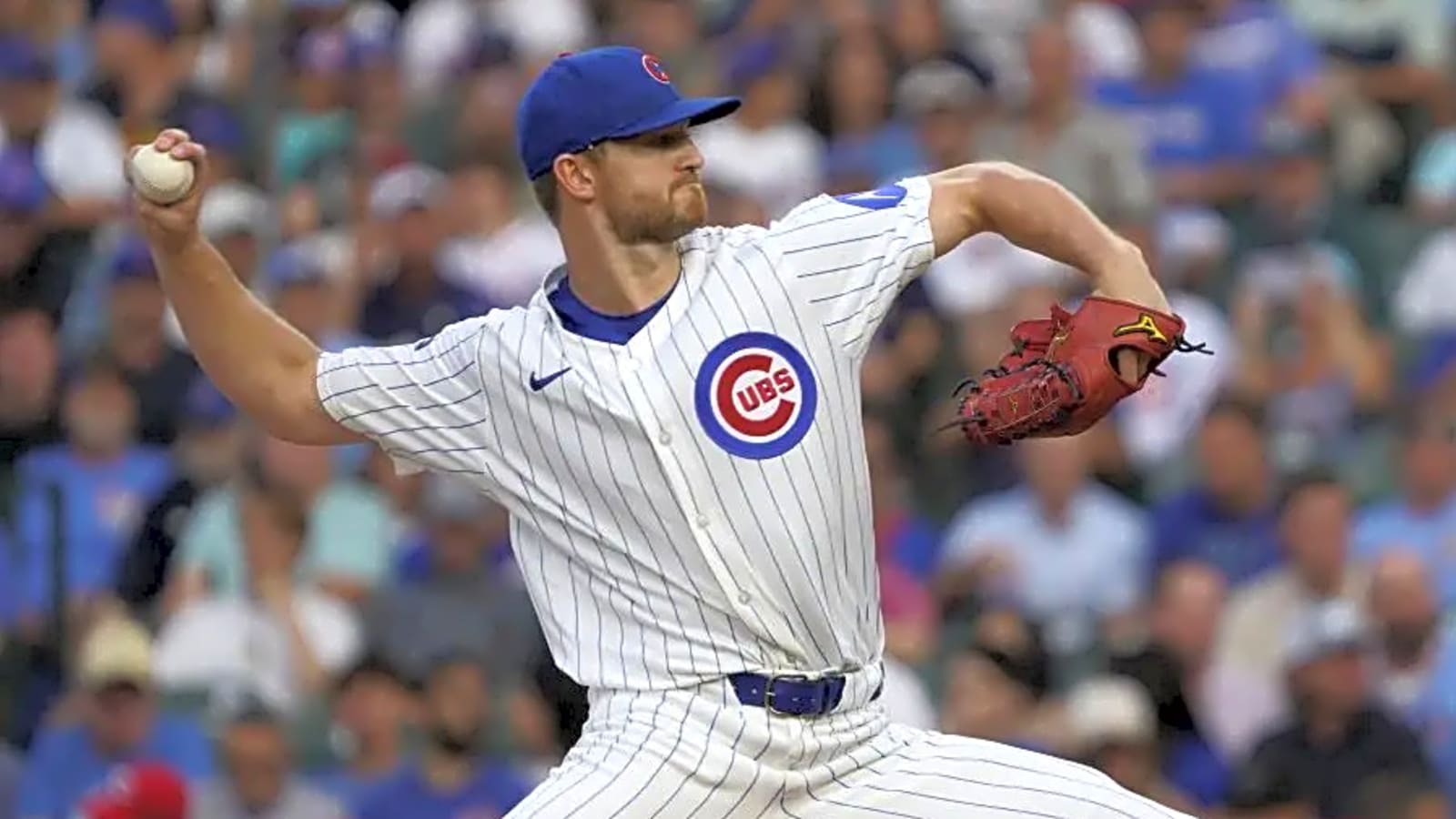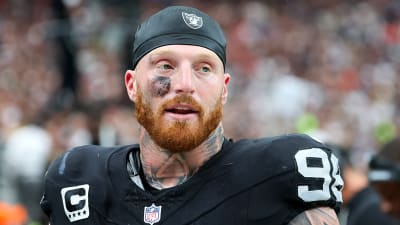
The Chicago Cubs’ 2025 season can’t really be seen as a failure. It was a bit disappointing, however, when the team started off so hot and than cooled down considerably in the second half of the season. It was especially disappointing to see how the team’s pitching limped into the postseason.
More News: Chicago Cubs president non-committal on 2026 budget-related issues
By the end of the NLDS, the Cubs were down to two somewhat reliable starters and maybe three relievers in manager Craig Counsell’s circle of trust. One shudders to think of the blood bath that would’ve ensued had the Cubs advanced to meet the Los Angeles Dodgers in the NLCS.
Although a flat-lining offense was a big issue throughout the second half of the season and into the postseason, the lack of pitching depth will resonate in many minds as the biggest issue facing a 2026 team that is now expected to make the playoffs once again.
The Chicago Cubs didn’t do enough at the trade deadline
More News: Chicago Cubs: Why the Cubs need to be watching the Philadelphia Phillies this winter
Fingers have been pointed at Cubs president of baseball operations Jed Hoyer for not being aggressive enough in pursuit of arms at the trade deadline.
For a team said to be “all-in” when it came to a deep playoff run and expected to be mega-aggressive at the deadline to acquire the talent it needed, the Cubs were disappointingly conservative. In the area of pitching, Hoyer only brought in swing man Michael Soroka (who went to the IL just two innings into his Cubs debut) and middle relievers Andrew Kittredge and Taylor Rogers.
The late season acquisitions weren’t enough to have much of an impact. Ultimately, the Cubs’ inability to fortify themselves with high-end pitching led to a staff that seemed to be held together by nothing other than grit and wishful thinking.
Thing would’ve been significantly worse had Cade Horton not emerged as a shockingly dominant force after the All-Star break. It’s possible that the Cubs may not have even made the playoffs at all if the rookie hadn’t willed himself into becoming the rotation ace before suffering a season-ending rib fracture late in the regular season.
Hoyer has blamed his modest deadline haul on the exorbitant asking price for pitching from teams. Stories have surfaced about potential trade partners asking for Cade Horton or Matt Shaw in exchange for controllable high-end pitchers.
Enough wasn’t done before the season, either

Some will also point out, though, that the rush to pick up pitching in late July would not have been an issue if Hoyer and the front office had acquired depth in that area before the season.
At some point, the Cubs were looking for top shelf arms during the offseason, with buzz popping up about talks with various teams. A deal with the Florida Marlins for lefty Jesus Luzardo was nixed by the Cubs over issues related to the pitcher’s physicals.
So, the Cubs went into the season, rolling the dice on free agent pickup Matthew Boyd as a solid rotation piece and Ryan Pressly as a bounce-back closer.
Boyd panned out, Pressly didn’t. But then Justin Steele suffered a season-ending elbow injury in April. Javier Assad was unable to pitch until later in the season. Jameson Taillon and Shota Imanaga had IL stints.
Surprising seasons from Boyd, Horton, and a pieced-together bullpen got the Cubs what they needed to make the postseason. It wasn’t enough, however, to get them into the elite playoff tier, where pitching really, really matters.
Jed Hoyer speaks, appears to double down

Hoyer acknowledged this in his recent season wrap-up press conference.
“Obviously, at the end, with some injuries and the nature of the series we played, I think there was probably some depth that we could have used on the pitching staff,” Hoyer told media. “That’s an area that we’ll always continue to try to focus on.”
The off-putting part of Hoyer’s address to the media was that he didn’t seem to be all too committed on doing anything different in 2026.
While there needs to be a focus on acquiring dominant pitching talent that makes for missed balls, Hoyer still seems insistent on his long-held strategy of manning the staff with lower-profile pitchers who need a good defense behind them to get outs.
“When the ball is not in play is better than when it’s in play, by definition,” Hoyer said. “You’re always looking for stuff and strikeouts. We’ll continue to push that. But I think the combination of our pitching infrastructure and a combination of our defense, I think we can get the most out of a lot of pitchers because I do feel like we make plays and I think that that shows up almost every night.”
All of that is true to an extent. It’s also true that a staff pitching like that has a very small margin for error and is very vulnerable to misfortune. The 2025 Cubs were very fortunate to get as far as they did with so many pitching injuries and letdowns. You can’t count on being fortunate in 2026.
Hoyer and company need to be aggressive this offseason in finding elite-level pitching. They need depth so that the coaching staff doesn’t have to be constantly juggling and pulling off minor magical feats to get through games.
If not, the Cubs could find themselves back to the middle of the pack, missing out on the postseason after a season that could’ve (and should’ve) been even more successful.
More must-reads:
- 10 best players in the 2025 World Series
- Dodgers losing key pitcher due to ‘personal matter’ ahead of World Series
- The 'World Series home run leaders' quiz
Breaking News
Trending News
Customize Your Newsletter
 +
+
Get the latest news and rumors, customized to your favorite sports and teams. Emailed daily. Always free!








